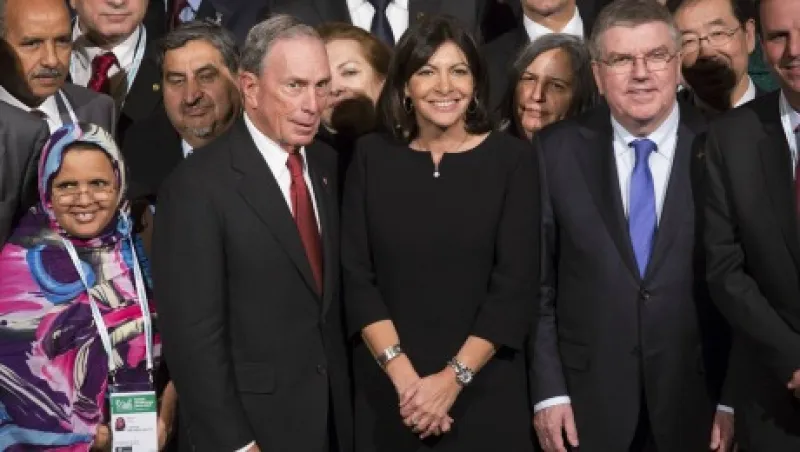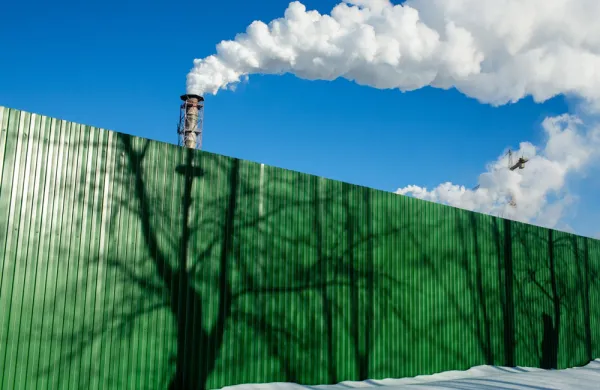On April 22, 175 parties signed the Paris Agreement on Climate Change in a ceremony at the United Nations headquarters in New York. That the signing took place less than five and a half months after the agreement was reached in the French capital in December is a sign of spectacularly swift progress in view of the usual pace of such international accords. But to become legally binding, within a year at least 55 countries must ratify the agreement, and the ratifications must cover 55 percent of global carbon emissions.
So although the first hurdle has been cleared, further pledges are required to get to the second. Getting to 55 percent will not be easy, despite the commitments of the U.S. and China, which together represent approximately 38 percent of global emissions, to ratify the agreement. Each of the 28 members of the European Union, which represents just under 10 percent of global emissions, has to sign up individually. Nonetheless we should not give up hope.
Christiana Figueres, the executive secretary of the U.N. Framework Convention on Climate Change (UNFCCC), estimates that the Paris Agreement will come into effect in 2018. Three years between adoption and coming into effect is far shorter than the implementation of the Kyoto Protocol, the only other global climate change agreement. Kyoto was adopted in December 1997 and entered into force in February 2005, with its first four-year commitment period starting in 2008.
It is hope, rather than fear, that defines the Paris Agreement. The surprise target of limiting global warming to 1.5 degrees Celsius (2.7 degrees Fahrenheit) above preindustrial levels challenges the view of many climate scientists that global temperature increases above 2 degrees Celsius are now inevitable. Paragraph 21 of the agreement invites the Intergovernmental Panel on Climate Change to submit a report in 2018 on the impact of a 1.5 degree C rise above preindustrial levels and greenhouse gas emissions.
We should applaud the Paris Agreement for providing a sense of hope. Why, you ask? Because there has been a significant absence of hope — or, for that matter, fear — within the media-led global debate on climate change since the failed 2009 COP15 talks in Copenhagen. We shall see if our estimation is well founded.
The Paris Agreement looks to the future as measured by actionable steps. The agreement binds signatories to resubmit their carbon emission reduction targets to the UNFCCC every five years. The biggest emitters will be encouraged to ramp up their decarbonization efforts. Although signatories must undertake this name-and-shame reporting exercise, there is no binding mechanism to enforce the self-determined targets.
Yet there is one mechanism of the agreement that has real teeth: the $100 billion per year pledged by wealthier countries to poorer countries affected by the consequences of global warming, such as rising sea levels. Rich countries will not release this money without full ratification. Much of the Paris Agreement is vague. The science underlying some of the pledges could merit a second look, as could some of the ways in which the agreement might be implemented. Kevin Anderson, a leading climate change expert, has criticized the Paris accord for being reliant on “utopian technologies in the future” for success.
Despite its shortcomings, we believe that the sense of hope created by the Paris Agreement will help focus the minds of policymakers and regulators on a more consistent and positive view to climate change and the practical solutions to best prepare us. As Columbia University professor Jeffrey Sachs, director of the school’s Earth Institute, wrote in the Financial Times shortly after the signing: “Let’s hail the Paris agreement and get to work.”
Daniel Quiggin is a renewable energy analyst, and Tom Nelson is head of commodities and resources; both at Investec Asset Management in London.






